Electric bikes have started to become the norm in many cities. Things like hoverboards and electric scooters have become common site, but above all is the electric bike. Electric bikes are a great way to get back on the paddles without putting in a lot of effort when touring the city or going on steep roads.
Now that you’ve made up your mind about buying an ebike, it’s best you have an insight into buying an ebike. From price to practicality, we’ve gone through the nitty gritty details of purchasing your first ebike, so you can confidently invest in one.
The Three Classes of EBikes
First-time buyers often find it confusing with regulations and classes of ebikes. However, it is much easier and simpler to understand. Essentially, all ebikes fall under one or more of these classes. The classes have been made so they can be differentiated from other modes of transportation like mopeds and electric scooters by defining their maximum speeds and assistance in pedaling.
- Class 1 ebike relies on pedal assist only. The maximum allowable speed in this class is 20 mph.
- Class 2 ebikes are the same as class 1, with maximum allowable speeds of 20 mph except they rely on throttle assistance and no pedal assistance
- Class 3 ebikes are pedal assisted, similar to class 1 ebikes but with maximum assisted speed they can go up to 28 mph.
Regarding the rules for riding these bikes on roads, pavement or trails, the classes help decide which bike is suitable for you. For instance, many states have laws disallowing class 1 bikes from mountain bike trails. According to one of the biggest ebike motor manufacturers, Bosch, you will have no trouble taking your class 2 ebike around the city or places where a normal bike would go. However, the quick throttle and power delivery harm the softer mountain trails and are better for rugged trails where ATVs are used.
If you’ve ever spotted an ebike on the road, it most likely falls under class 3 ebikes. They are allowed on roads but restricted from trails because of their top speeds.
Of course, if you happen to be in Europe, these laws are very lenient and you will have no trouble taking a class 2 or class 3 bike on a trail.
Types of EBikes
With the recent trend towards electric vehicles, ebikes have seen a rise in customers and their different needs have diversified ebikes into many types.
Hybrid Bikes
Hybrid ebikes are the get-go option for everyday cyclists. They are a great option for riding on the road and casual trails. A hybrid bike is somewhere in the middle of a mountain and road bike. Hybrid ebikes have mudguards, kickstand and a luggage rack so you can have space for any backpacks while riding comfortably in an upright position on the road. They don’t have very excessively absorbent shocks, but for normal paved roads and entry level trekking they are perfect.
Electric Mountain Bikes
Electric mountain bikes are one of those ebikes that can change a traditional cyclist’s mind after just one ride on the trail. They are that fun! Long and difficult climbs become quick and effortless giving you more time to enjoy the trail.
Your only concern should be trail closures for e-mountain bikes, but with many people adapting to e-mountain bikes, you shouldn’t have any trouble using a class 1 e-mtb on most trails. Electric mountain bikes will provide assistance as long as you are pedaling; this makes difficult steep climbs much quicker to handle and the trail becomes more fun.
Electric Commuter Bikes
You would’ve already seen the traditional commuter bike. The electric commuter bike is similar to the traditional one with a rechargeable battery and narrow tires. They are the best option for traveling and running errands. You can use these bikes to ride between work and home.
Electric Foldable Bikes
Foldable ebikes solve the challenges of mobility and storage concerns. They are perfect for people who like lightweight rides, that they can take onto public transport or simply keep them neatly in their homes or tight office space.
Things to Consider
Choosing the right ebike will be very simple if you can narrow down how you are planning to use it. You can start by researching the availability of ebike lanes and ebike trails in your region and figuring out the intended purpose of your first purchase.
Now that you’ve built some familiarity with the ebike terminology, let’s dive straight into what components and builds are best for you.
Batteries
Lithium-ion batteries are the most popular choice not only in ebikes but also in cars. Battery technology is progressing quickly as major name car companies like Tesla and Mercedes start their own electric ventures. This has benefitted ebikes tremendously as the batteries can now function efficiently and take up less space.
Batteries are mounted on the frame which can be removed or the manufacturer can size down the battery to fit inside the frame. This can define the aesthetic of your bike and the capacity can be a deciding factor when making your first purchase. Removable batteries are also convenient as you can charge them inside your home or office space.
E-MTBs burn through the battery on very steep hills and rugged terrain. The motor is always assisting you because crossing 20 mph is a rare sight on a trail. For this reason, E-MTB’s are equipped with larger batteries and you should get a system that supports bigger capacity batteries.
Commuter bikes use smaller capacity batteries as the motor does not work as intensely. They are lightweight and travel on roads and pavement where paddle assisting 24/7 is not the case.
Batteries are rated in amp hours. Although, larger amp hours mean larger capacity, this does not guarantee a better range or performance. In general, you should prioritize battery recharge times and even a compact battery will do the job.
Range
Range is the most important thing to consider when buying an ebike. Manufacturers often claim large ranges but they aren’t exactly using the bike on maximum power. Things like weight, height, riding style and even tire pressure can alter the range.
Most ebikes come with instructions and apps that can help you conserve battery and get the most distance out of your bike. The rule of thumb is to understand that elevations and pulling maximum power from the motor will drain your battery much quicker. For this reason, cyclists often prefer ebikes that have an extended range. The T720 Mega Range bike fits this bill with a battery extension offering a range of up to 200 km.

ET.Cycle T720 Electric Fat Tire Bike
Position of Motor and Frame
Motor is the raw source of paddle assistance and where the motor is placed on the bike can define the whole experience.
Hub driven ebikes draw power from the battery and the motor is placed in the rear hub/wheel. This system gives the illusion and makes the ebike look similar to a normal bike. They are a great option if you’re on a budget. Hub motors use sensors to measure your pedal strokes and in turn provide the needed assistance.

Hub-driven paddle assist
Mid-drive motors are heavier and as the name suggests place the motor in the center of the bike, more specifically near the bottom bracket. This system is found on the larger percentage of ebikes and the close placement near the paddles and gears makes it more efficient. The lower placement also improves stability.

Mid-drivetrain Image by Elliot Johnston
These frame-mounted motors can quickly adjust to your riding style and analyze the amount of effort you need when paddling
Weight
If you have ever had a conversation about buying an ebike with a friend, they would always talk about the added weight that comes from the battery and motor. This is an everlasting debate, but the motor and battery have much more pros and are totally worth it.
Ebikes can weigh upwards of 10 kg. This can be a headache when taking them somewhere, like on public transport. In addition to this, if the motor system fails, pedaling all the extra weight can be quite daunting. However, the added weight also provides stability and makes the ride much smoother. One option to consider are foldable bikes that are small, lightweight and compact enough to be used, taken anywhere.
Gears and Drivetrain
Generally, ebikes use a derailleur or hub gearing system. There is no clear winner, but the derailleur is easier to repair and maintain in the long run. A derailleur system is what you see on normal bikes, where on the rear wheel, the chain is lifted to another set of lighter or heavier gear.

Courtesy of Tanpan
Hubs are sealed and all the gear changes are hidden from sight. They are rigid and more durable because weather and water are not easily damaging the hub.
Drivetrains are not a fancy topic to talk about at your local bike shop. Drivetrain is everything that pushes your bike forward, that means from the hub to the pedals. The conventional ebikes use a chain and derailleur, but there are other drivetrains like the belt mechanism used in cars. This replaces the chain with a strong belt and you can forget about fixing or greasing your chain again. It also reduces the amount of repair as the derailleur is eliminated from the drivetrain. However, it needs a more complex gearing system, which can add to the bill.

Where to buy an Ebike?
If you’re completely sold on the idea of getting an ebike and starting your exciting journey, you probably have already looked through sites like Amazon, but you should proceed with caution. Placing an order online means you will not be able to test drive your e-bike. Furthermore, many cheap e-bikes dominate the market but these unbranded bikes do not provide an effective warranty, or even if they do, they limit it to better weather conditions.
Many retailers also offer cheap deals on ebikes and once in a while you do get more than what you pay for, most of the time these bikes have issues that unfold at a later stage and it would be a nightmare to have your motor stop working mid-climb!
You need to be confident in your purchase and ride your bike in the rain, mud, and busy streets of your city. If you live somewhere far away or in a hilly place, ordering your ebike online from reputable stores like CLOUDeBikes is the best way to start riding quickly. You can always try your bike at such stores, but the online guide on the website should suffice.

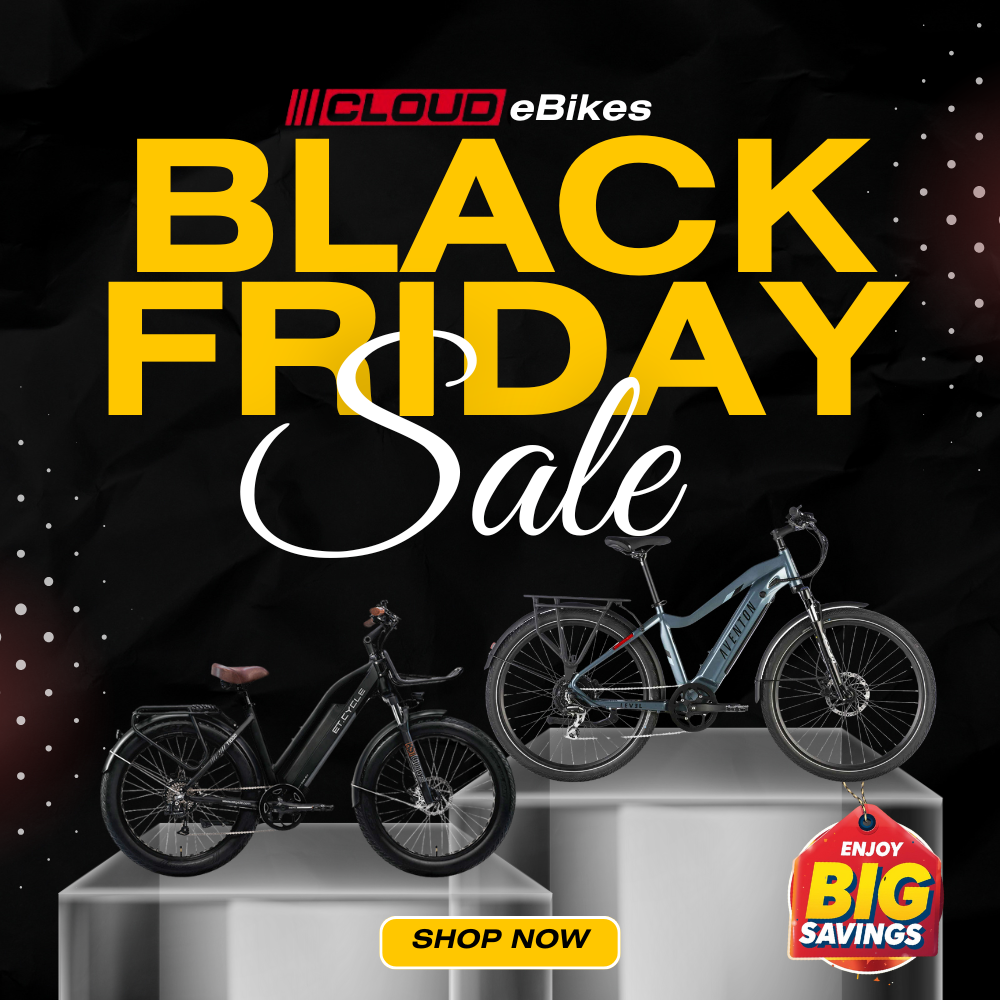
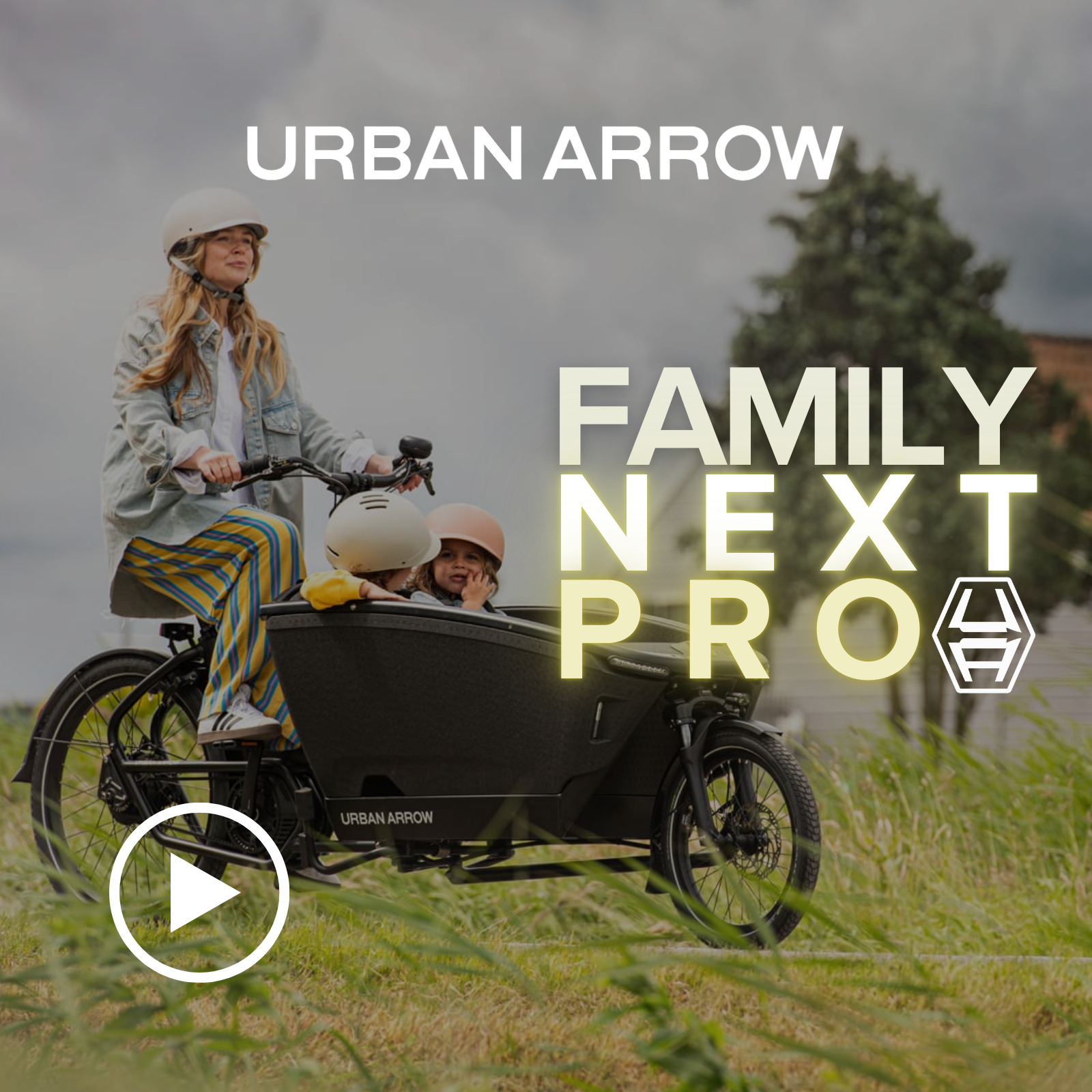
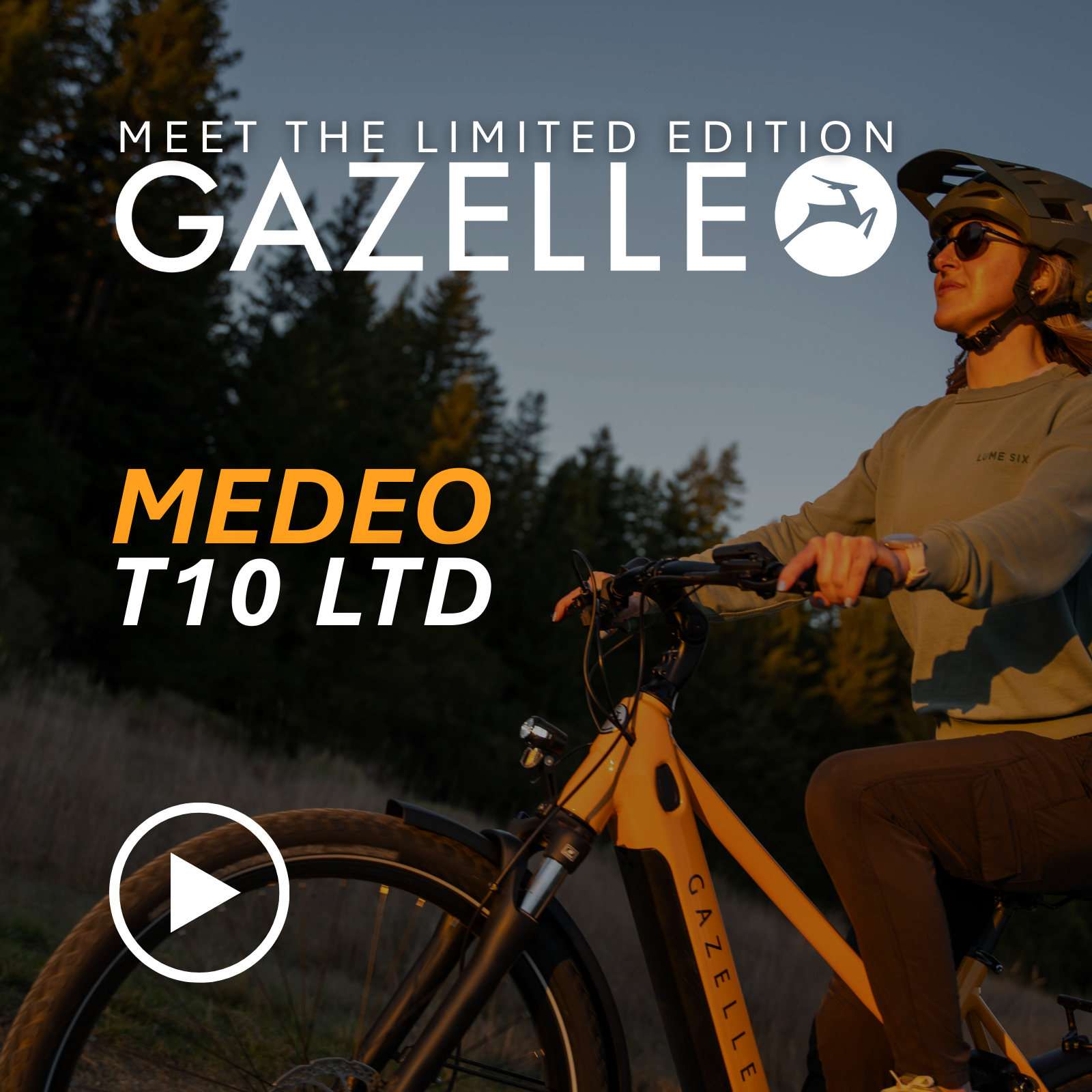
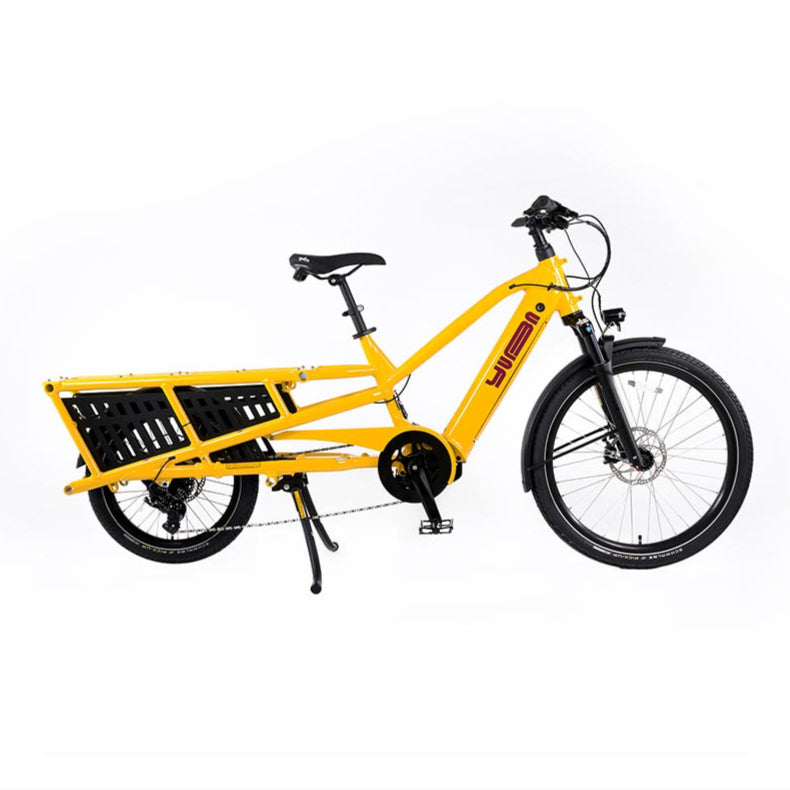

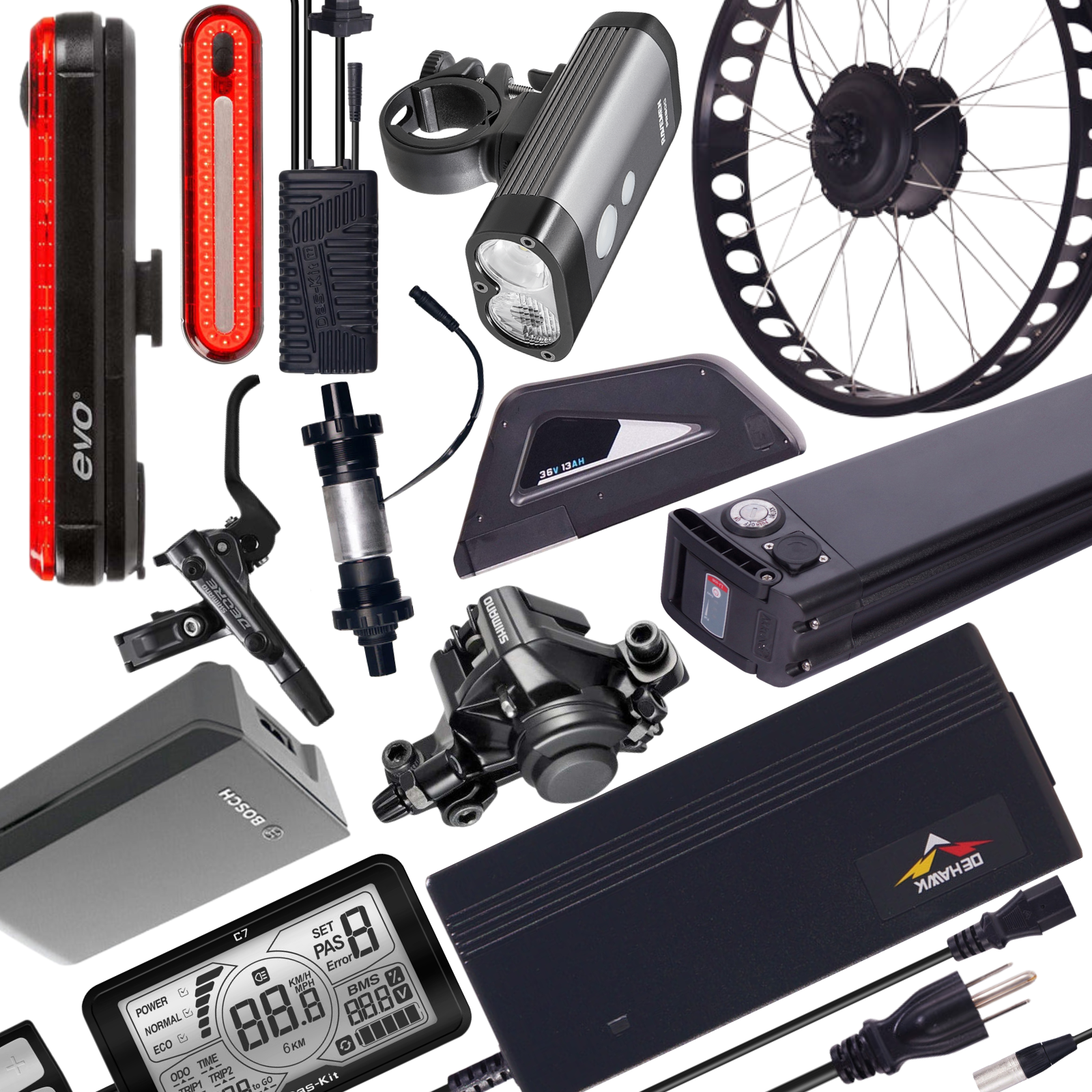


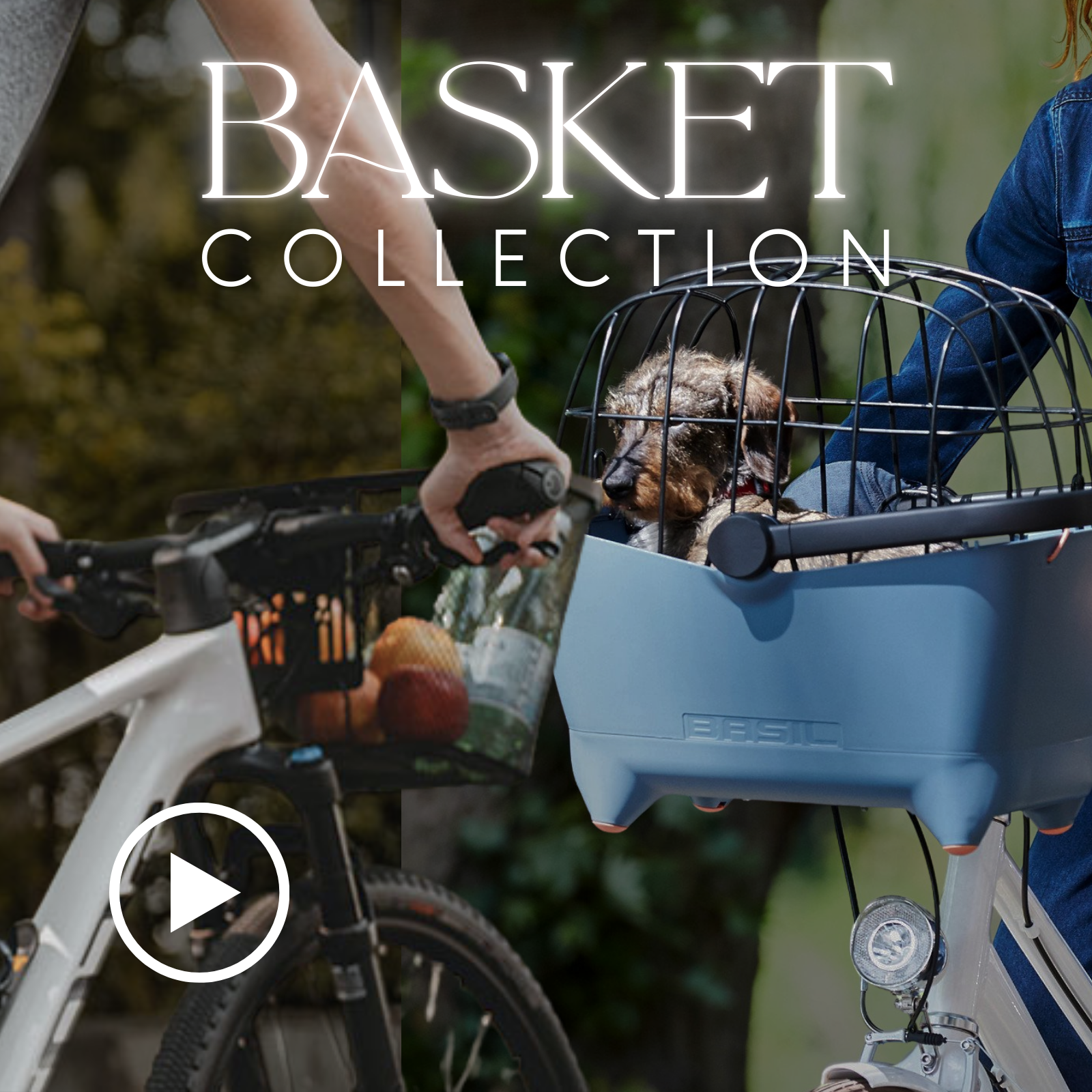





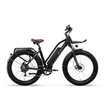





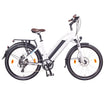
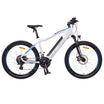
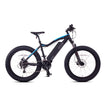





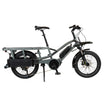

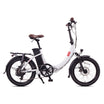


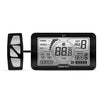

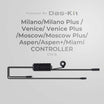



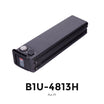


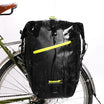
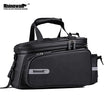
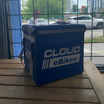


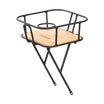
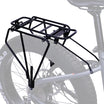
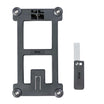


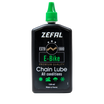
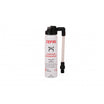
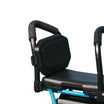

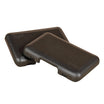


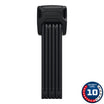
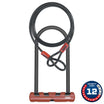
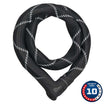
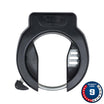
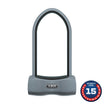
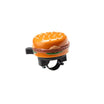
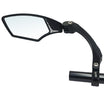
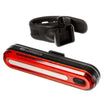
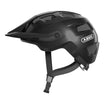

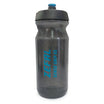

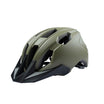
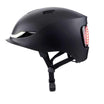
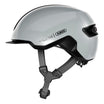
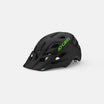
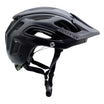

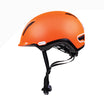
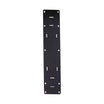
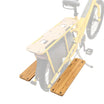
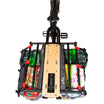

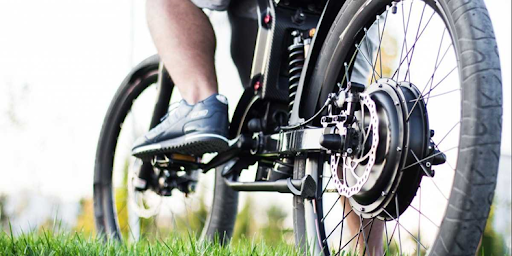


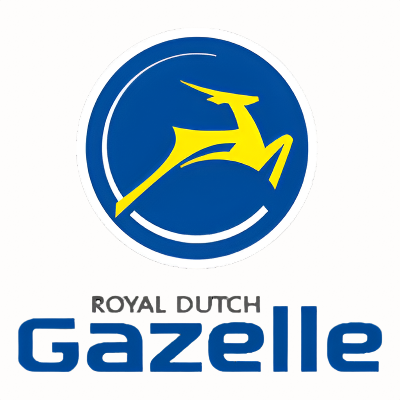
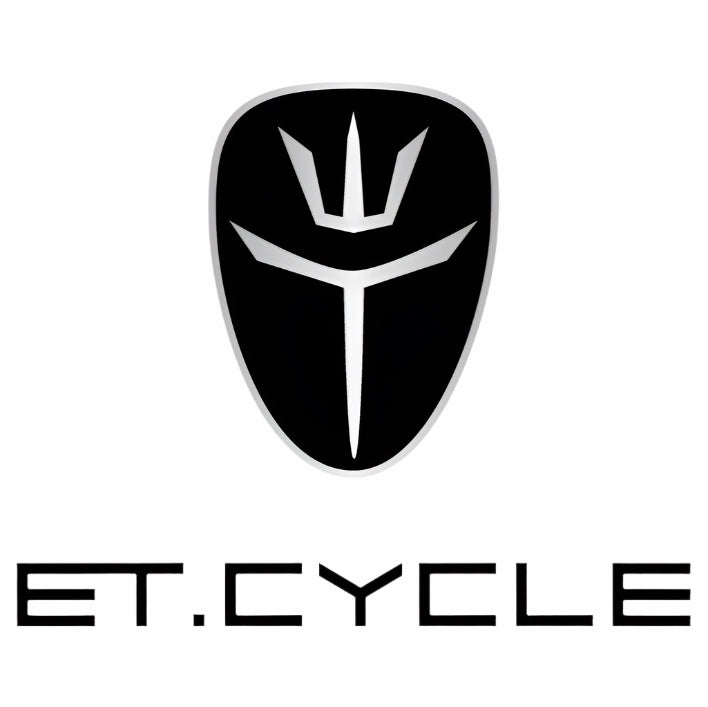
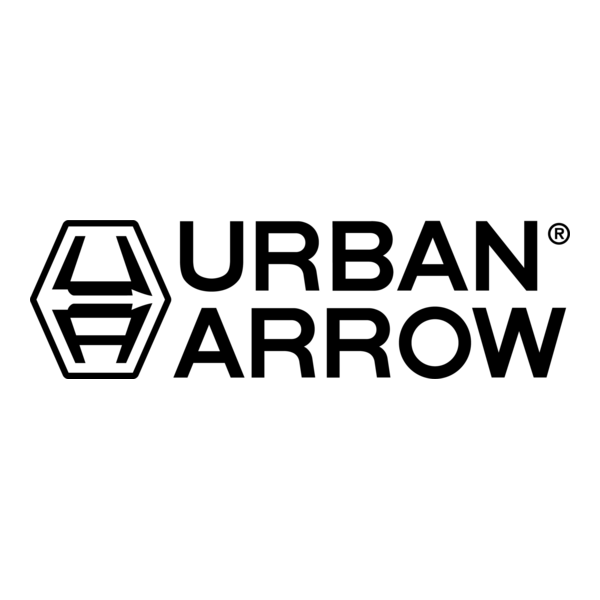
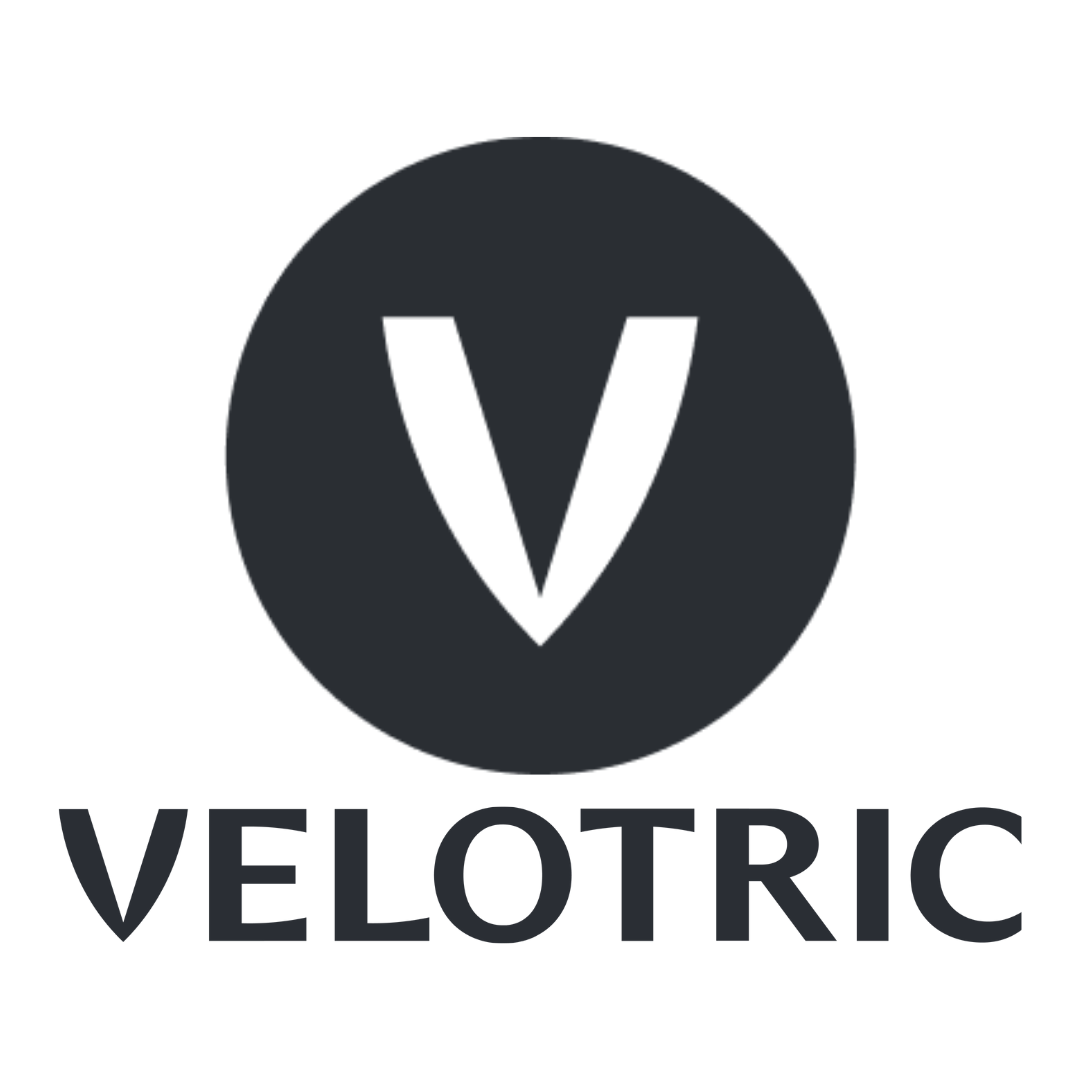
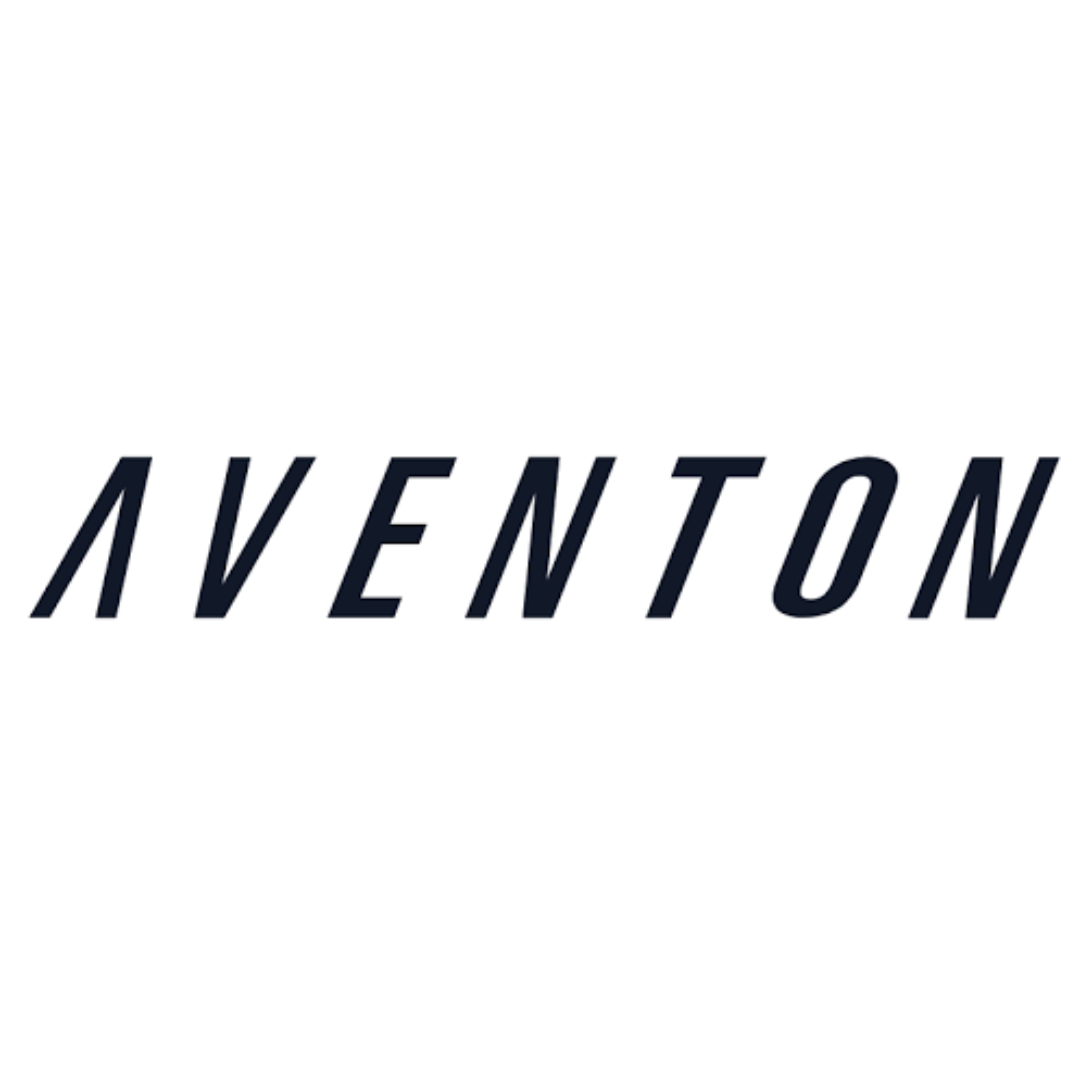
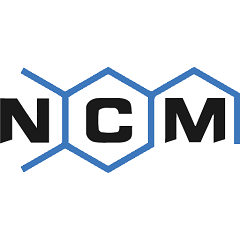
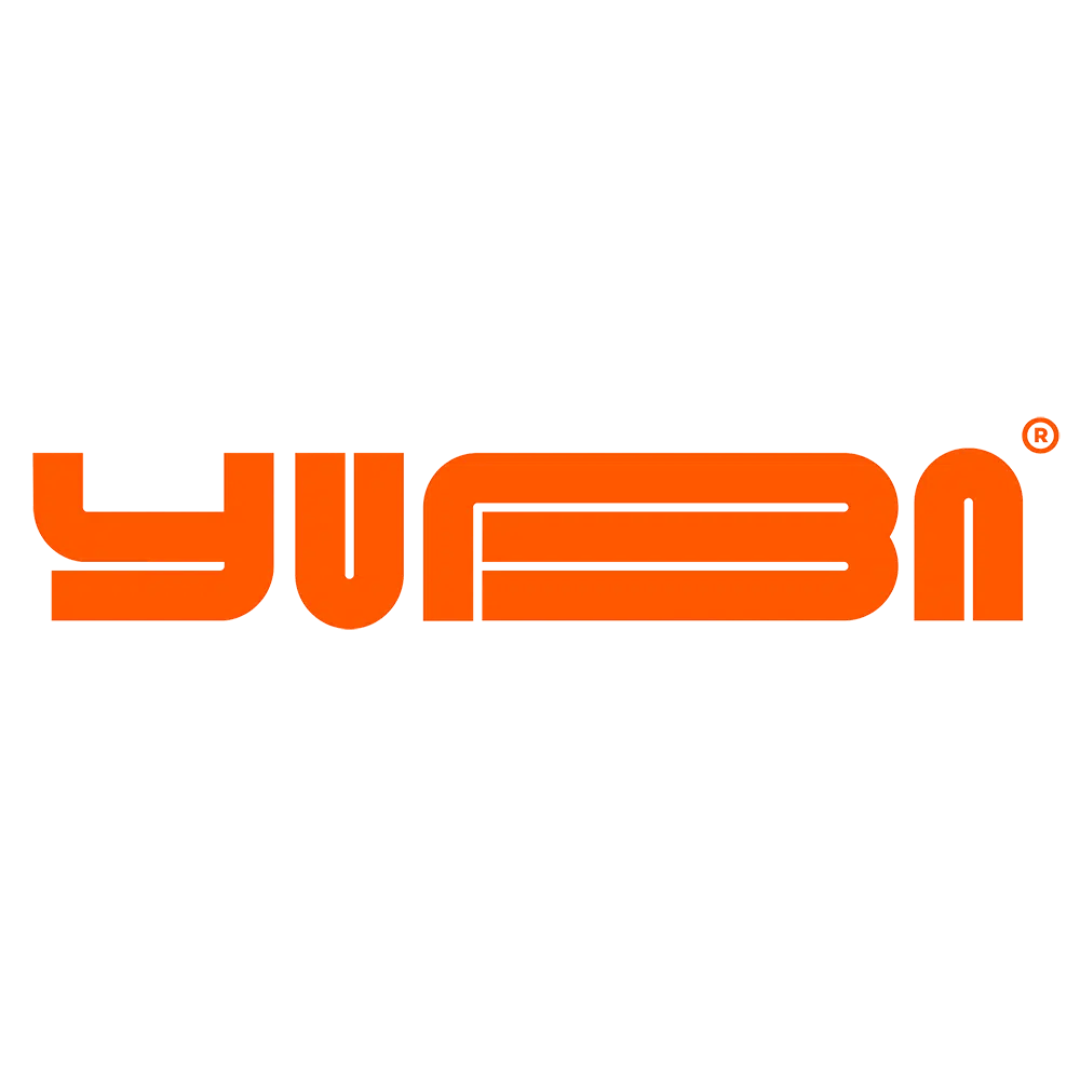
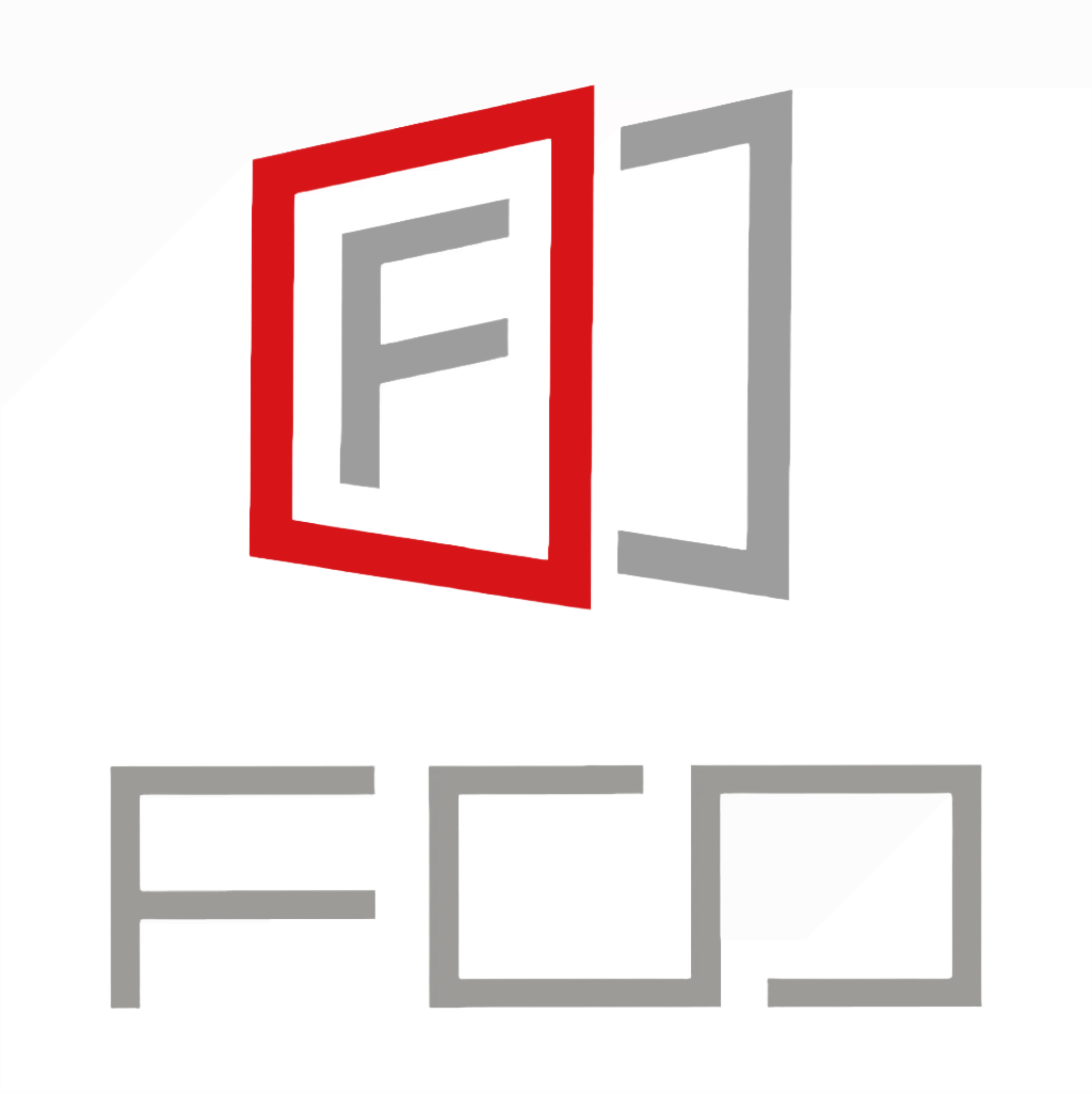
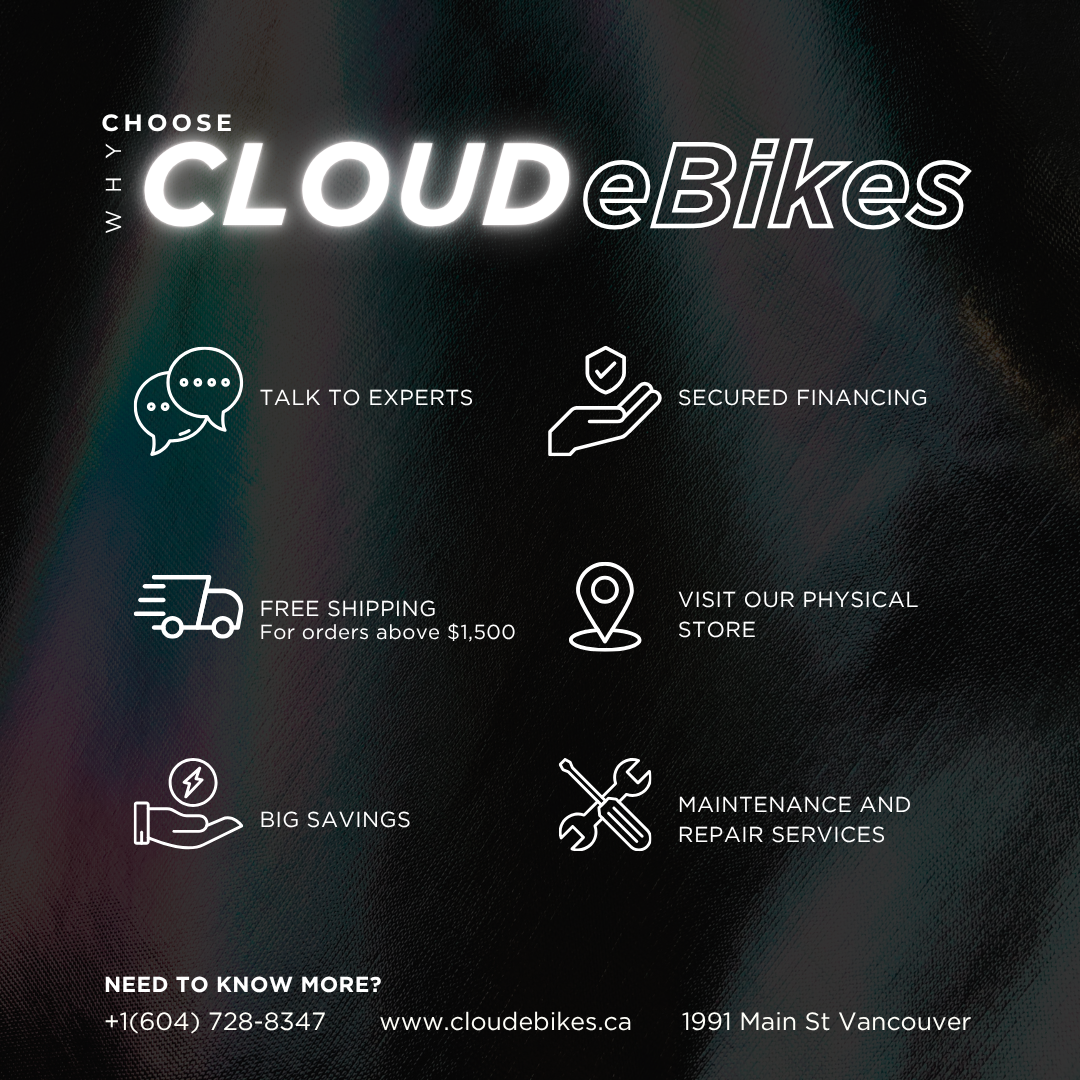
Leave a comment
This site is protected by hCaptcha and the hCaptcha Privacy Policy and Terms of Service apply.